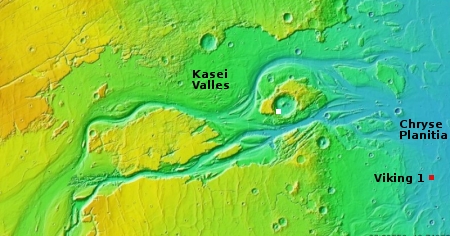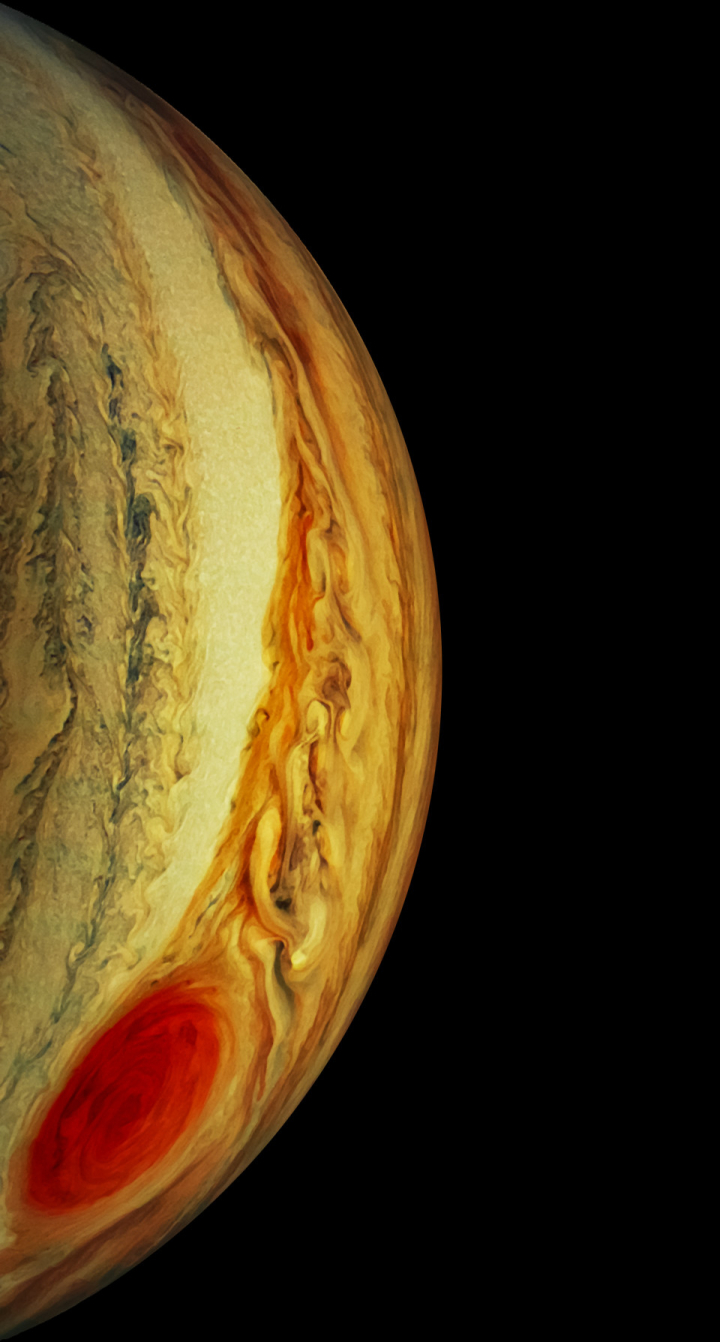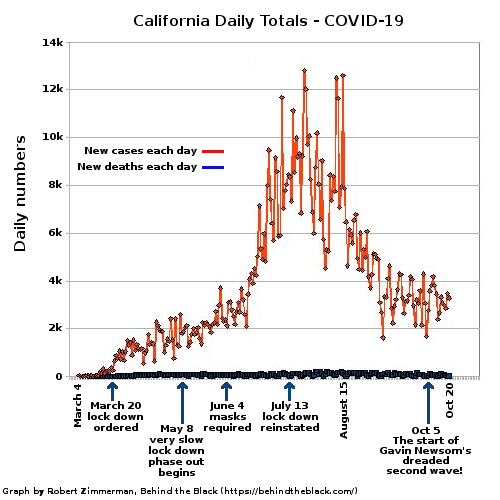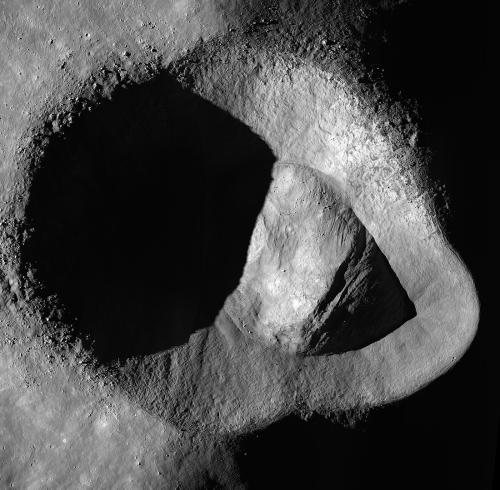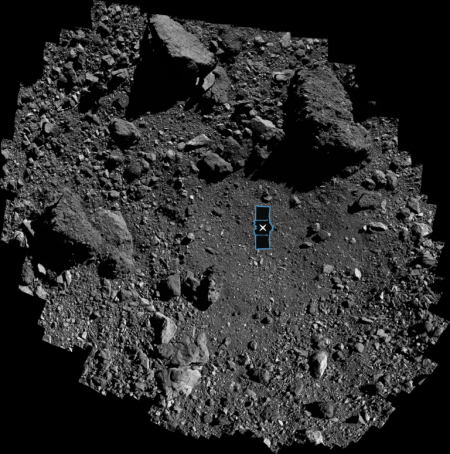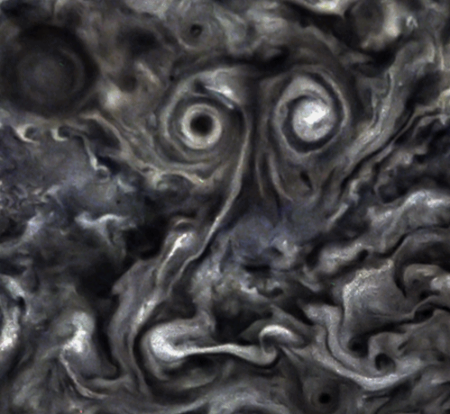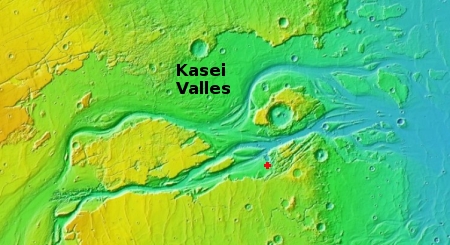New Trump executive order suggests major house-cleaning should he win
The Trump administration has just released a new executive order that would shift many federal managers from civil service positions, where they cannot easily be removed, into a new category that will allow the President to remove them “at-will.”
The order would create a new Schedule F within the excepted service of the federal government, to be composed of “employees in confidential, policy-determining, policy-making, or policy-advocating positions,” and instructs agency heads to determine which current employees fit this definition and move them—whether they are members of the competitive service or other schedules within the excepted service—into this new classification.
…Positions in the new Schedule F would effectively constitute at-will employment, without any of the protections against adverse personnel actions that most federal workers currently enjoy, although individual agencies are tasked with establishing “rules to prohibit the same personnel practices prohibited” by Title 5 of the U.S. Code. The order also instructs the Federal Labor Relations Authority to examine whether Schedule F employees should be removed from their bargaining units, a move that would bar them from being represented by federal employee unions.
The timing of this order is most revealing. If approved it will go into effect on January 19, 2021, the day before the presidential inauguration. This suggests that if Trump wins, he does not want a repeat of his first term, when many civil service employees worked to sabotage his administration and its goals. He wants the power to fire people in large numbers, especially those who are in a position of setting policy, sometimes policy that Trump, legally elected by the American people, opposed strongly.
Be sure that this change will be fought hard by the administrative state in Washington, as well as by their backers in the Democratic and Republican parties. And though it would also give increased power to Biden should he win, it would still be an appropriate change, as the elected president should be the person in charge, not some unelected bureaucrats buried in the DC civil service.
The Trump administration has just released a new executive order that would shift many federal managers from civil service positions, where they cannot easily be removed, into a new category that will allow the President to remove them “at-will.”
The order would create a new Schedule F within the excepted service of the federal government, to be composed of “employees in confidential, policy-determining, policy-making, or policy-advocating positions,” and instructs agency heads to determine which current employees fit this definition and move them—whether they are members of the competitive service or other schedules within the excepted service—into this new classification.
…Positions in the new Schedule F would effectively constitute at-will employment, without any of the protections against adverse personnel actions that most federal workers currently enjoy, although individual agencies are tasked with establishing “rules to prohibit the same personnel practices prohibited” by Title 5 of the U.S. Code. The order also instructs the Federal Labor Relations Authority to examine whether Schedule F employees should be removed from their bargaining units, a move that would bar them from being represented by federal employee unions.
The timing of this order is most revealing. If approved it will go into effect on January 19, 2021, the day before the presidential inauguration. This suggests that if Trump wins, he does not want a repeat of his first term, when many civil service employees worked to sabotage his administration and its goals. He wants the power to fire people in large numbers, especially those who are in a position of setting policy, sometimes policy that Trump, legally elected by the American people, opposed strongly.
Be sure that this change will be fought hard by the administrative state in Washington, as well as by their backers in the Democratic and Republican parties. And though it would also give increased power to Biden should he win, it would still be an appropriate change, as the elected president should be the person in charge, not some unelected bureaucrats buried in the DC civil service.

